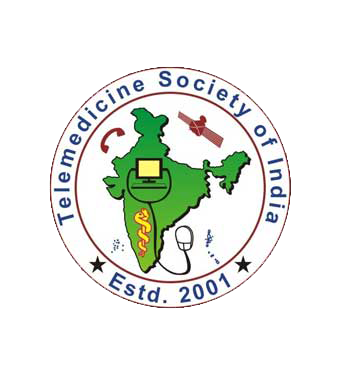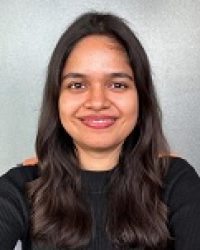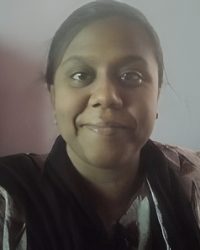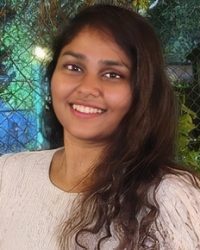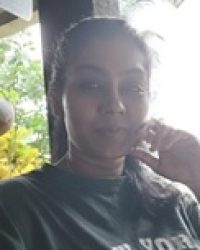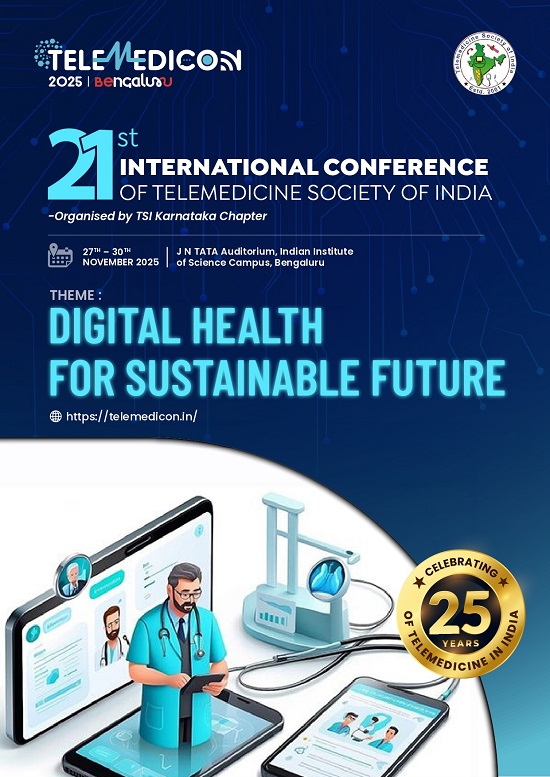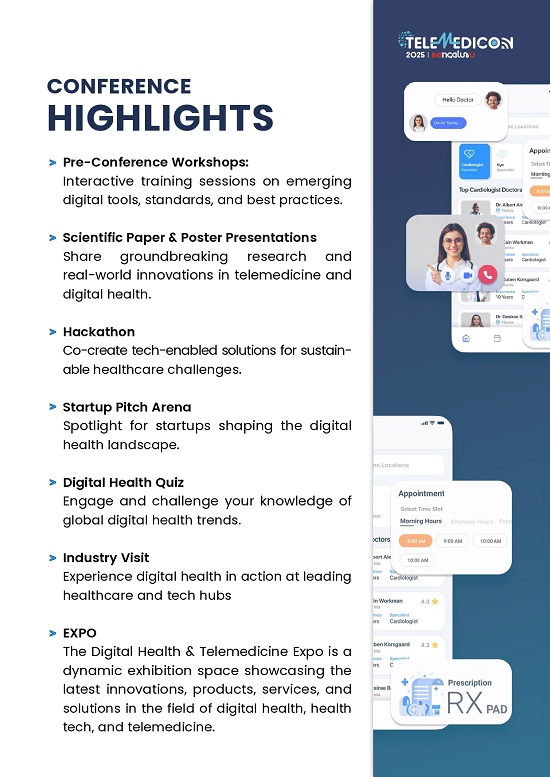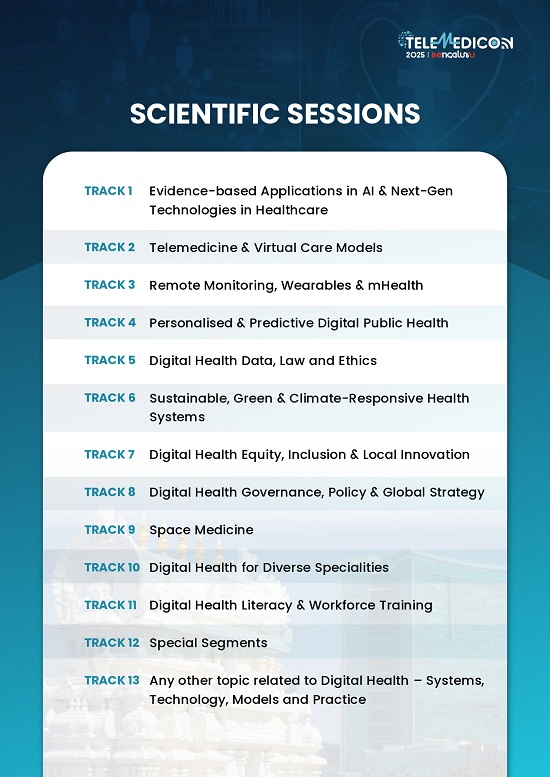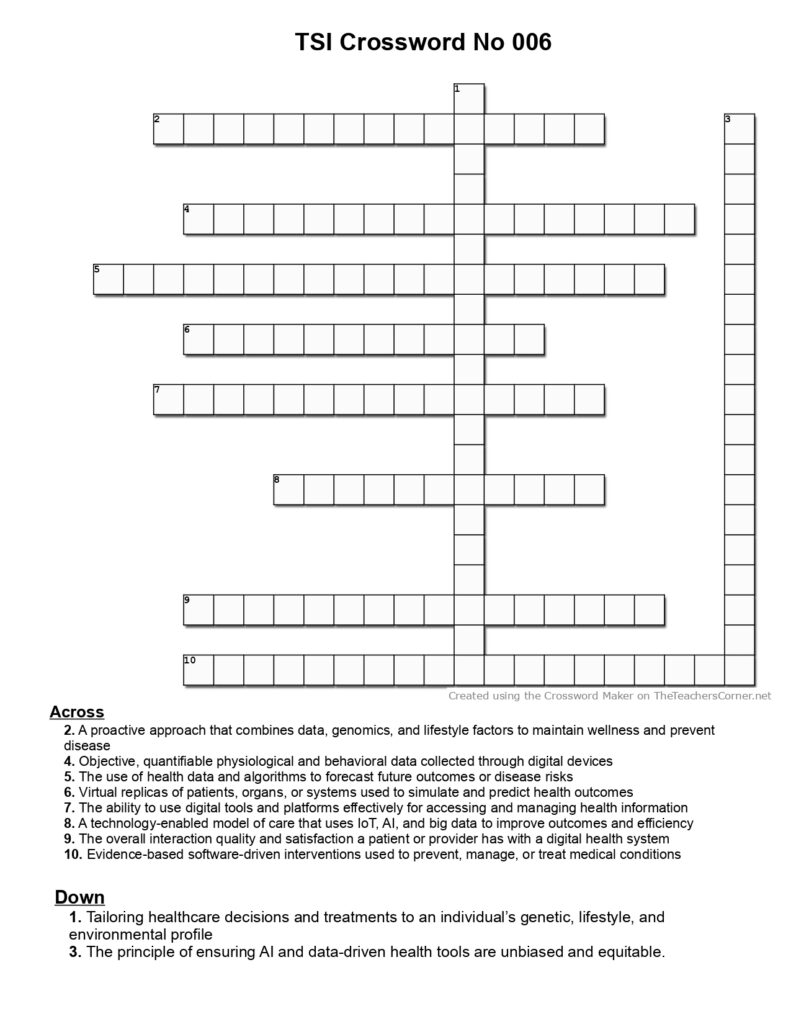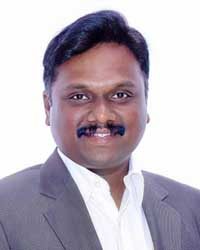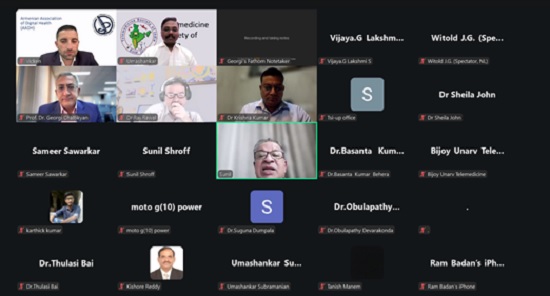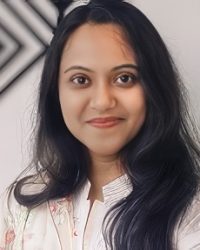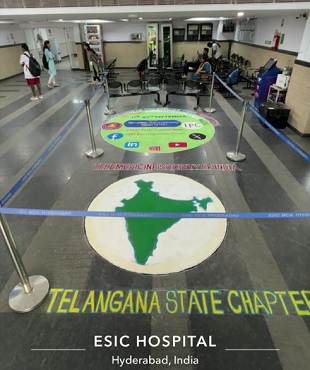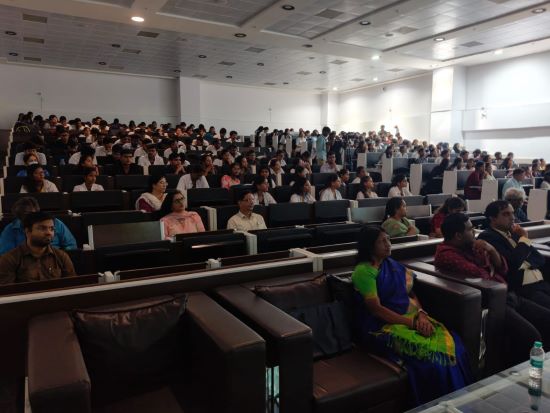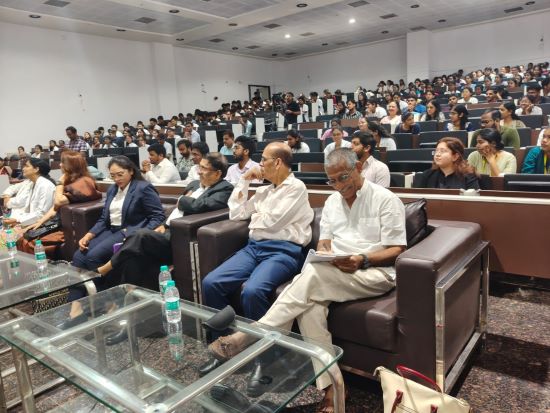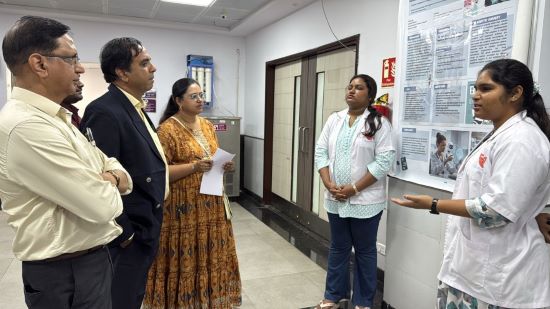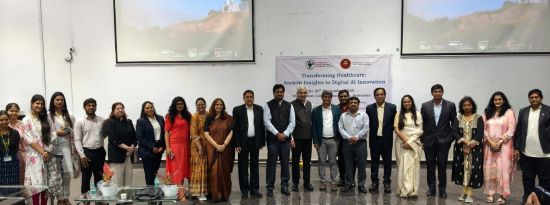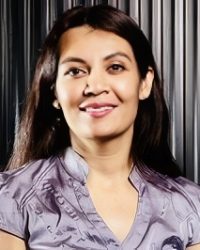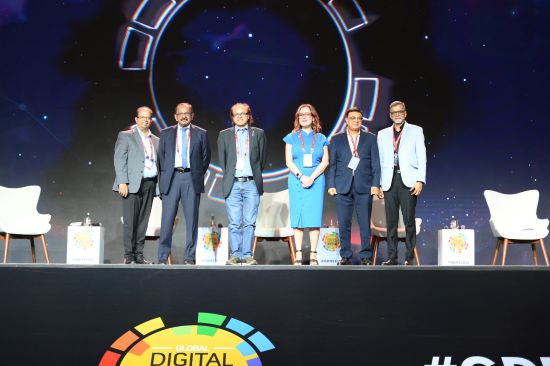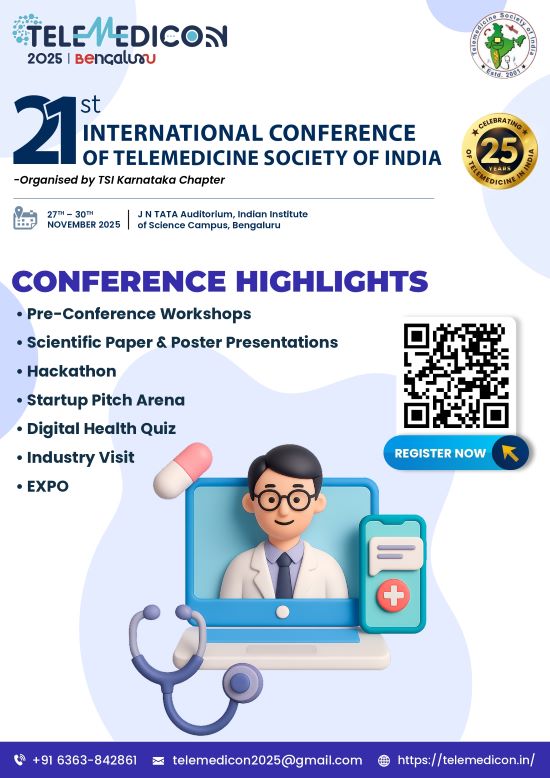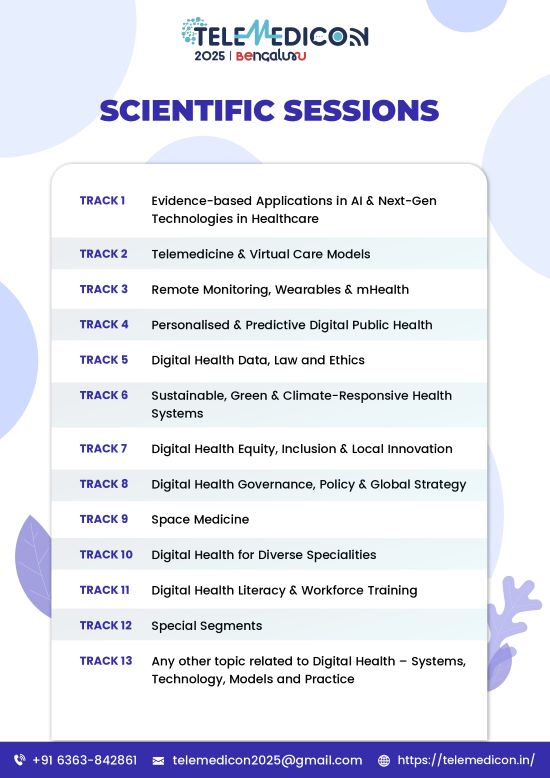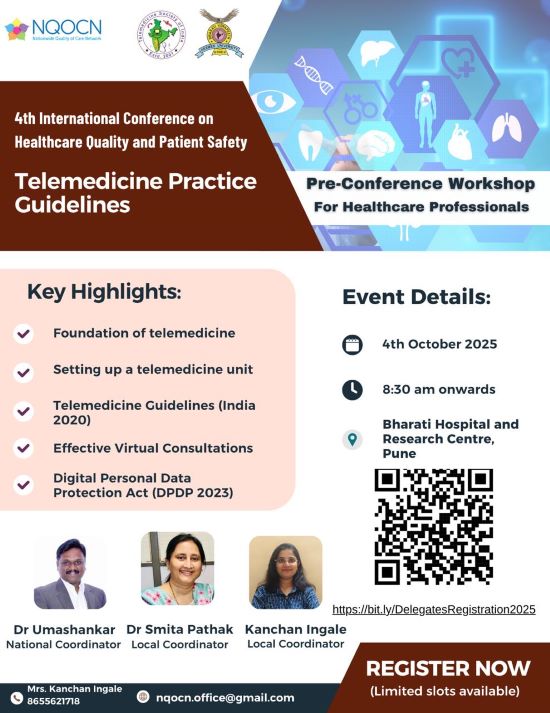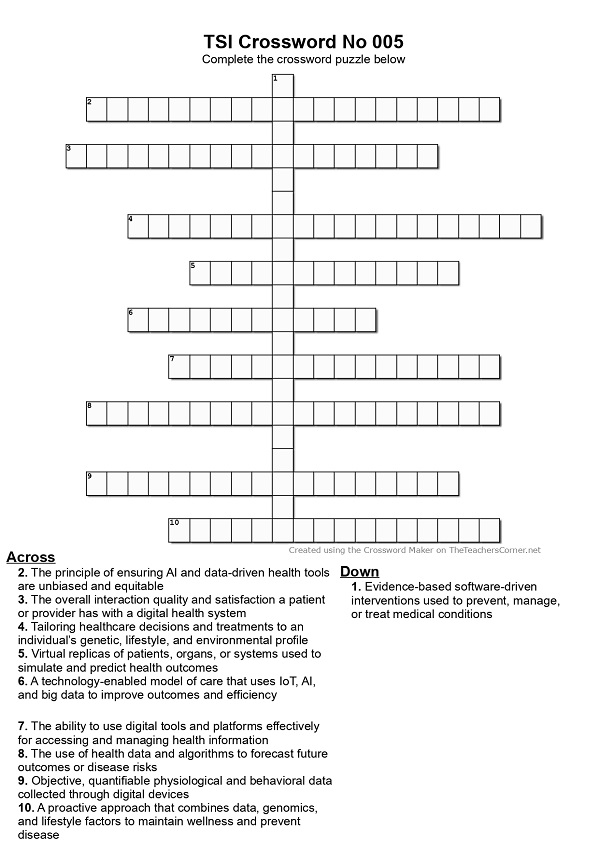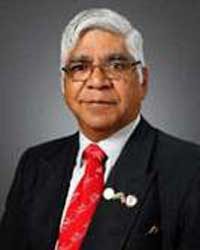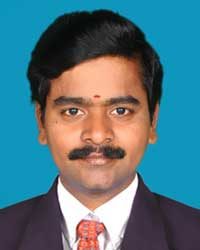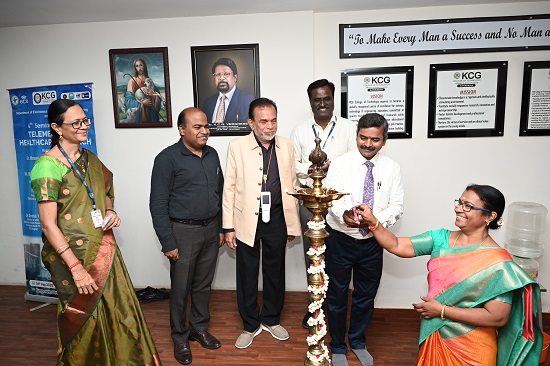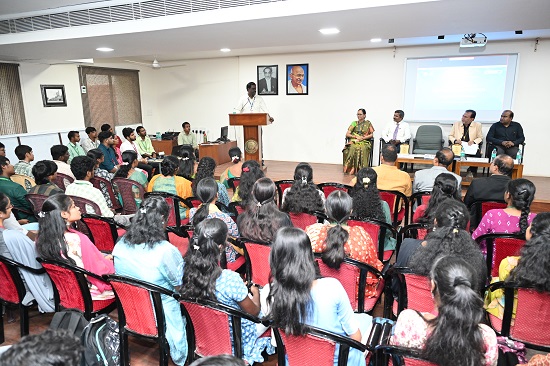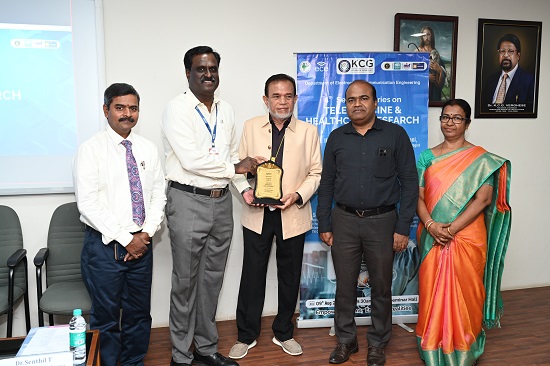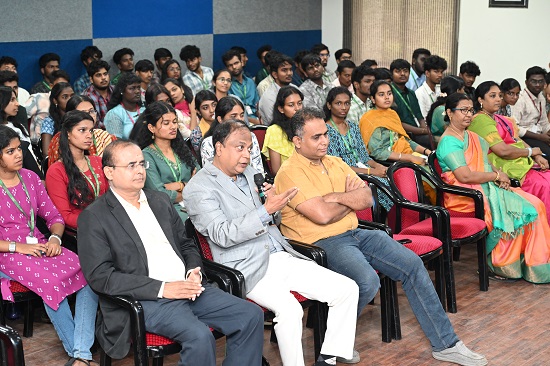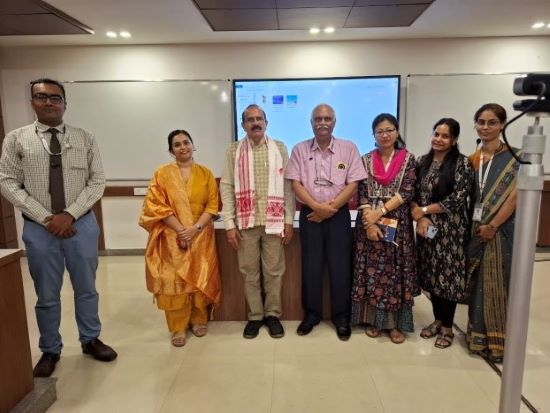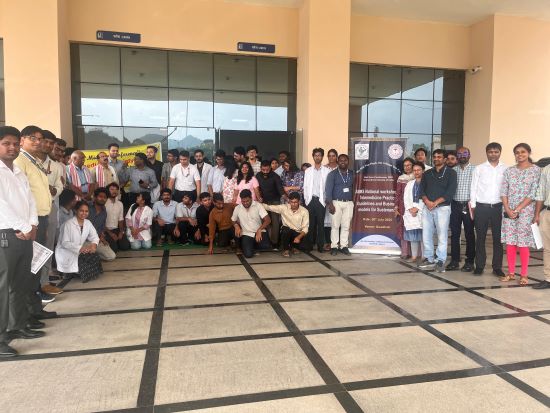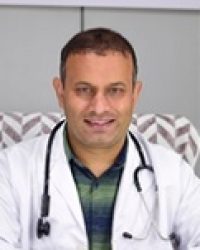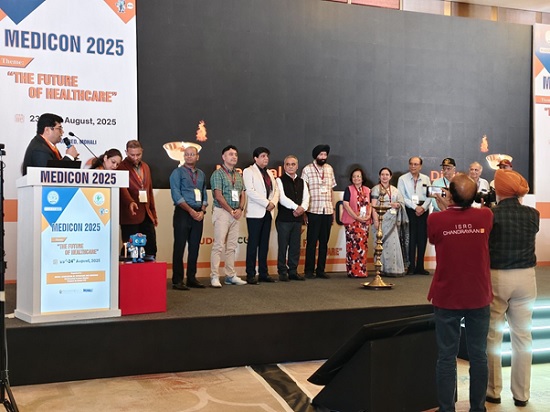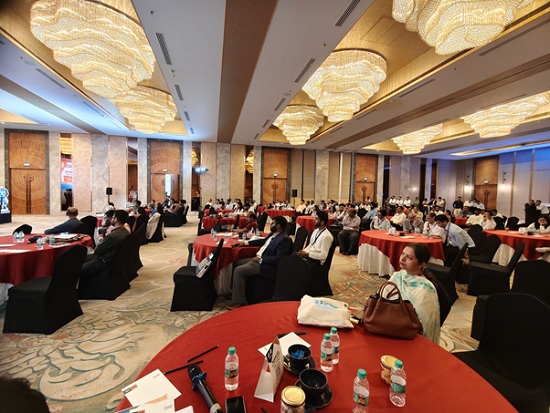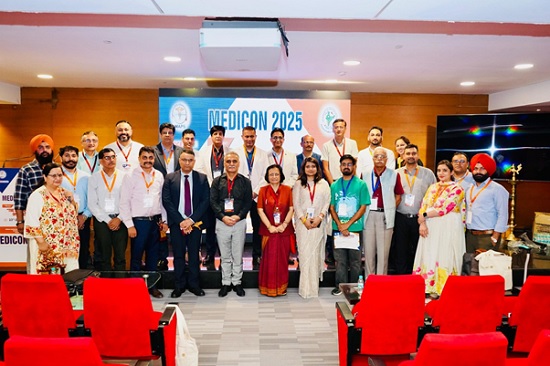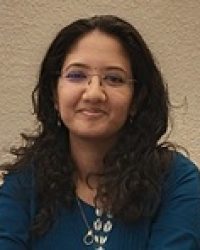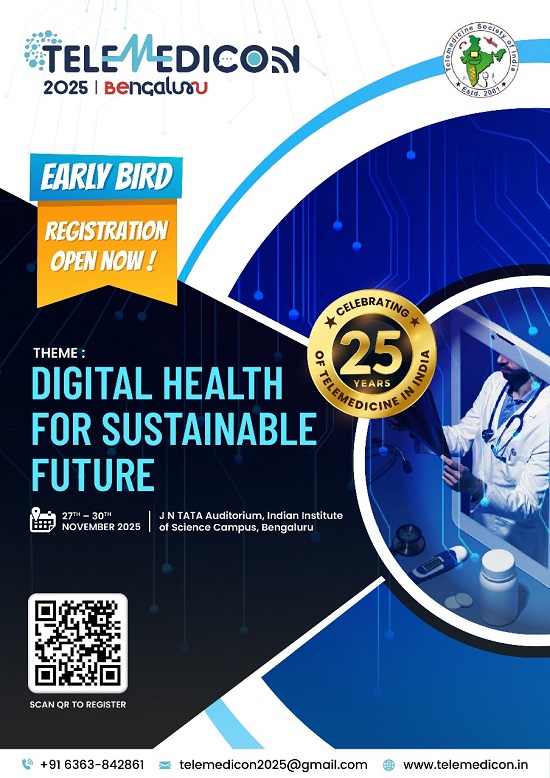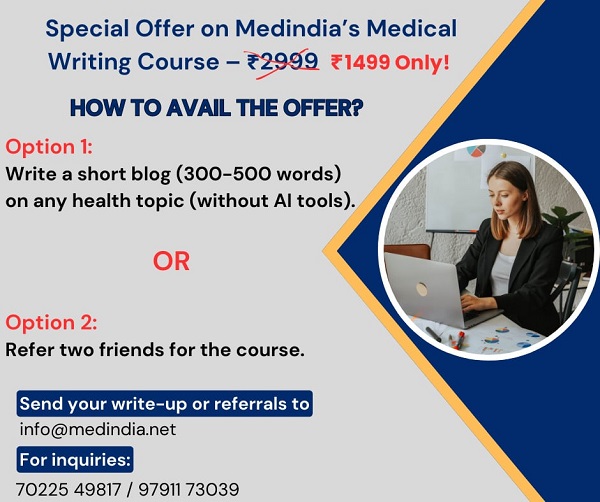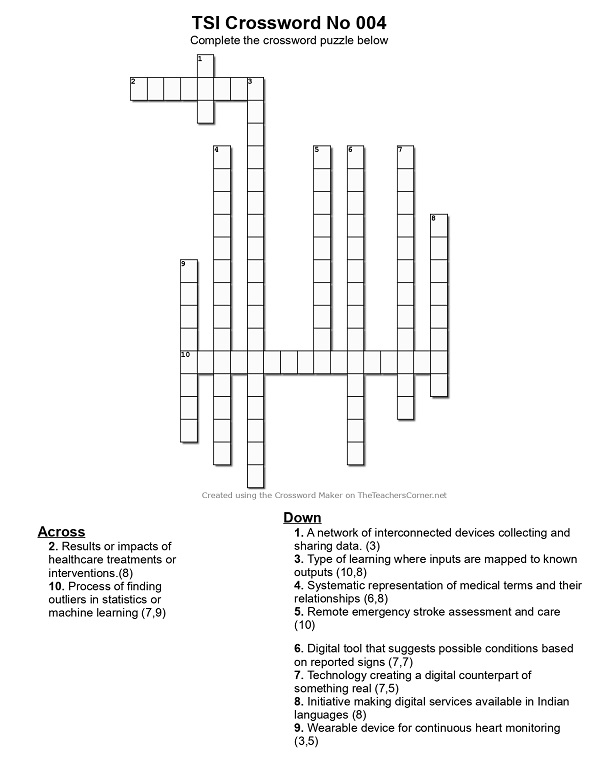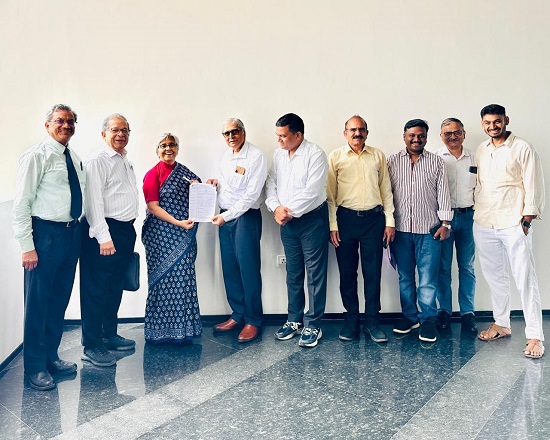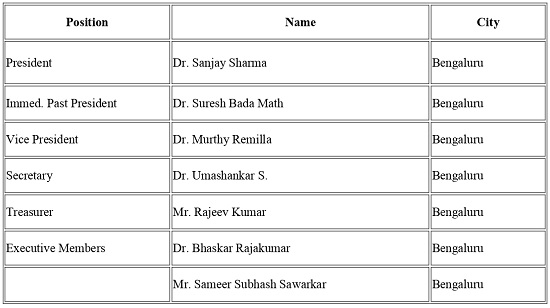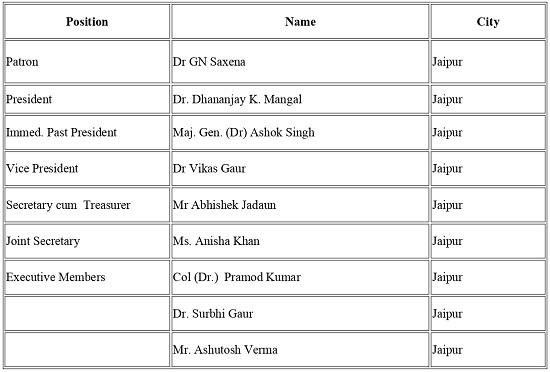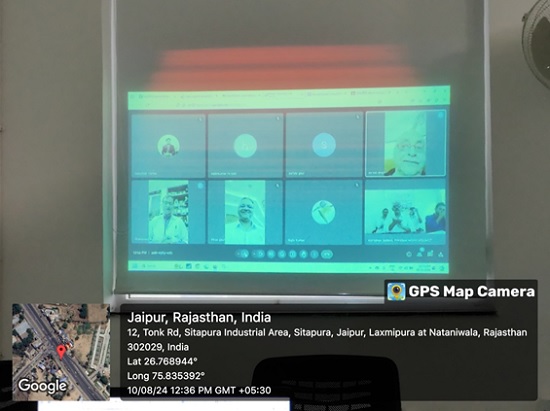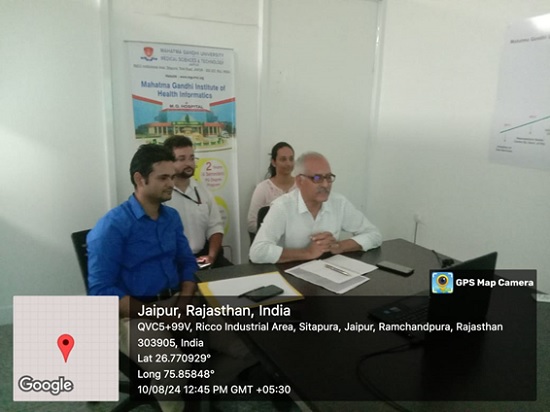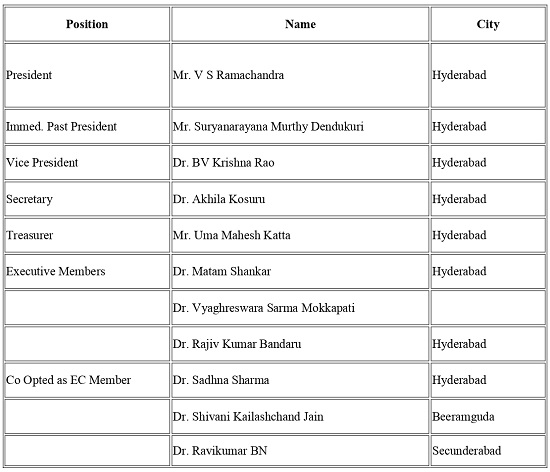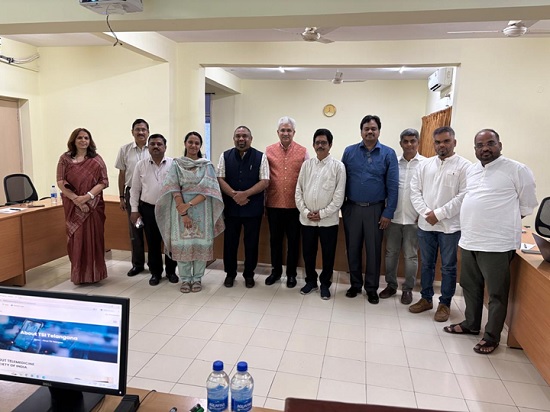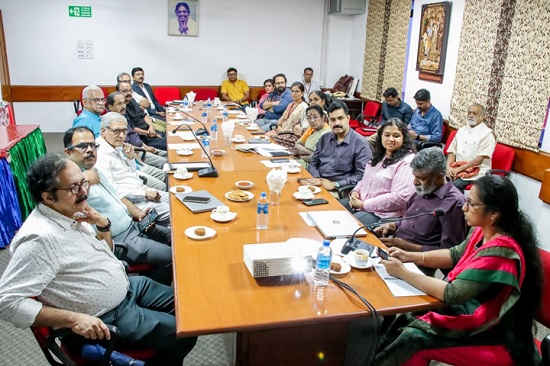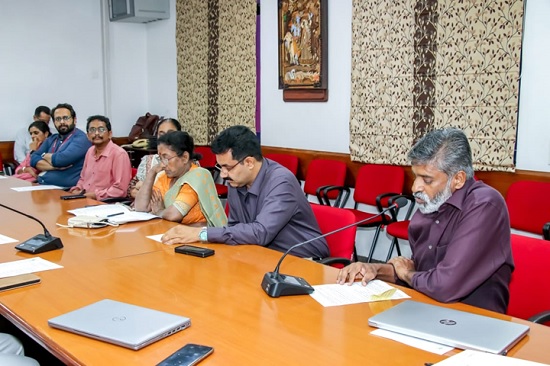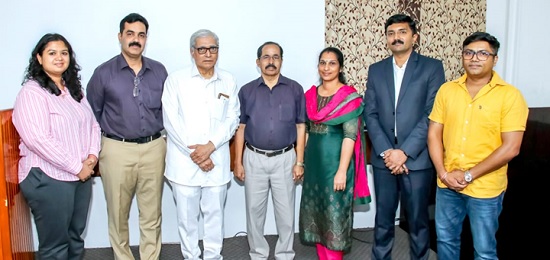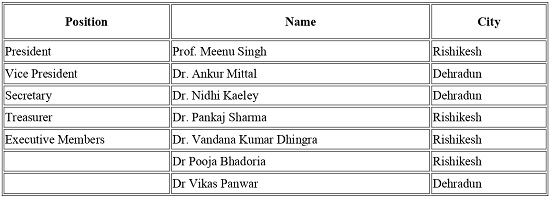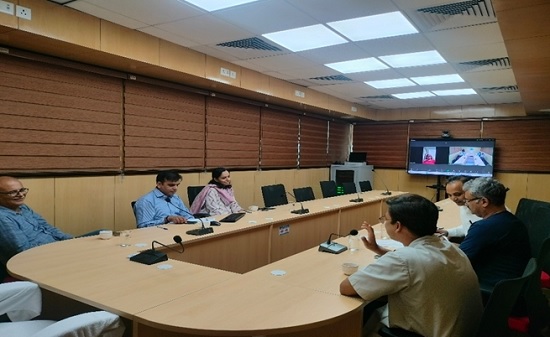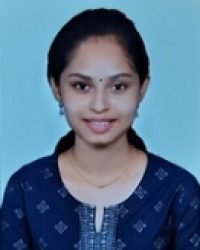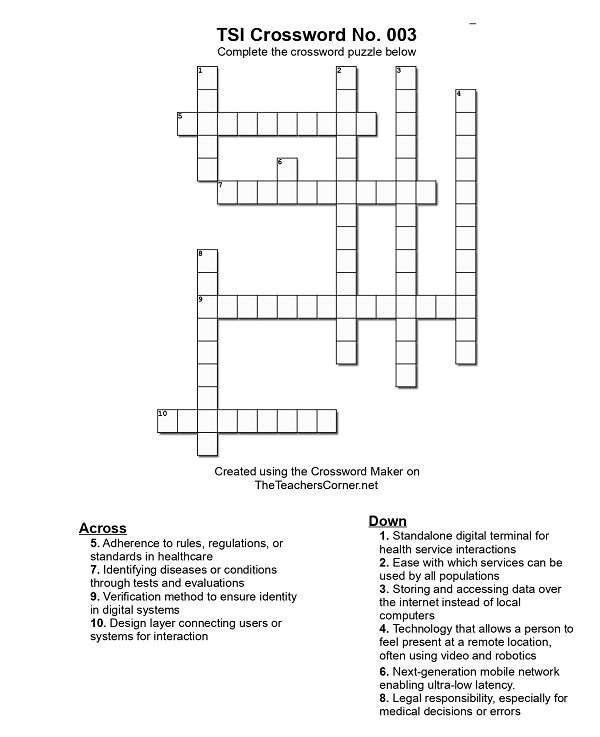Telehealth Newsletter
Official Newsletter of Telemedicine Society of India

What is New?
The November issue of our newsletter features the tentative program for TELEMEDICON 2025 – a power-packed three-day event that brings together the entire digital health ecosystem. The Telemedicine Society of India (TSI), now 25 years strong, has grown into a vibrant national body with over 1,200 members and 20 state chapters. It remains the only registered society in this domain, offering an inclusive and truly democratic platform for digital health professionals.
In recent years, India has witnessed several digital health initiatives emerging from individual efforts rather than institutional frameworks. While such efforts are commendable, they often have a limited shelf life. In contrast, institutional structures provide the continuity, credibility, and longevity needed to drive sustained impact.
As members of TSI, it is time for us to reflect and elevate our collective vision. We must ask ourselves-not what the society can do for us, but what we can do for the society-echoing the timeless message of John F. Kennedy. Only through unity, shared purpose, and collaborative effort can we propel TSI to greater heights. United, we progress; divided, we diminish. This is the moment for TSI to stand cohesive and strong.
We warmly welcome you to Bangalore in large numbers to celebrate this milestone and to make your society proud as it marks its 25-year journey.
Thank You
Dr. Sunil Shroff
Chief Editor
President-Elect, TSI
A Free Medical Camp conducted at Niravilpuzha Keloth Unnathi Wayanad
Dr. Sreekumar C
MS
Professor, Department of General Surgery
Amrita Institute of Medical Sciences (AIMS), Kochi
Chief Medical Officer – Telemedicine Camps
A Free Medical Camp for Tribals was conducted on November 16th 2025 at Niravilpuzha Keloth Unnathi Wayanad for Tribal people in Collaboration with Amrita Institute of Medical Science Kochi, Kerala Forest Office and Wildlife Department – North Wayanad Division (Snehahastham Project) , Amrita Telemedicine Unit, Tele Medicine Society of India Kerala Chapters, Amrita Kripa Charitable Hospital.
A total of 160 patients Exclusively From Tribal Community were Evaluated and consulted. Along with the Medical Faculties, Dietitians, Psychological Counsellor, MBBS Students from AIMS Kochi Campus also Participated in this Program. Including that Telemedicine Consultation was also Conducted. Detailed Health Checkup, Health Education, Nutritional Evaluation and Medicine Distribution was Done.
The session was Inauguration by Renjithkumar S Range Forest Officer, Ms Rose Mary Jose, Range Forest Officer Mananthavady Range joined Virtually.
Dr Sreekumar C Professor Department of General Surgery, Dr Akhilesh K professor Department of Respiratory medicine, Dr Hareesh M D, Dr Ageesh MD, Mr Rajeesh M V (Department Of Telemedicine) and Mr Athul Ajay (Department Of Respiratory Medicine) attended the camp.
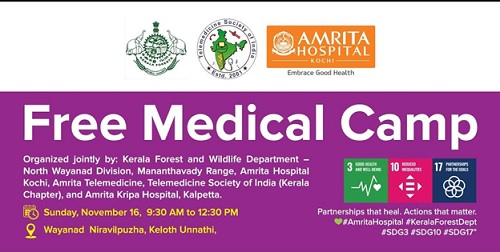
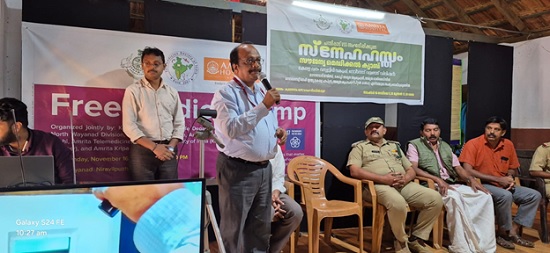
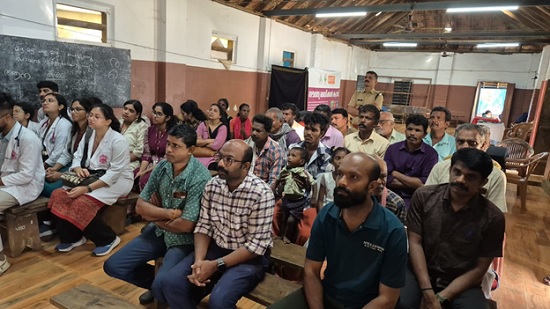
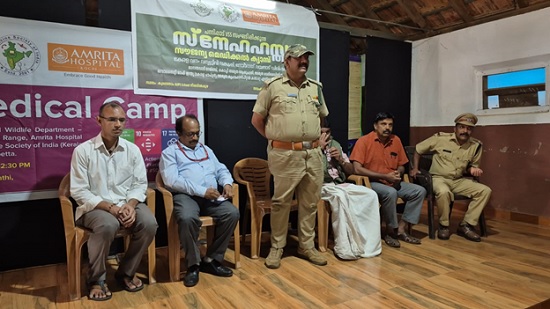
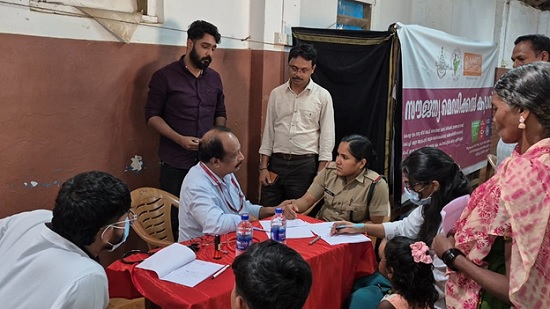
Telemedicine
A Telemedicine Consultation was done by Dr Akhilesh K Professor Department of Respiratory Medicine and Chief Of Amrita Pulmonary Rehabilitation Clinic. He gave specialised Pulmonary Consultation to patients diagnosed with CRD like COPD, Asthma etc.. He also gave specialised Pulmonary Rehabilitation Consult with the help of realtime PFT reading digitally sent to the hub with the support of Mr Rajeesh M V Telemedicine Administrator Amrita Telemedicine Unit. Amrita Telemedicine Unit provided the support for real-time consultation without any interruption. Health education on Pulmonary care and counseling was Given by Mr Athul Ajay Medical Social Worker and Health educator.


AI Creates First-Ever Drug from Scratch in Record Time
Dr. Ankita Balar Arya
BDS
Content Writer, Medindia.net
Artificial intelligence has officially crossed from theory into therapy. The world’s first AI-designed drug, Rentosertib, developed by Insilico Medicine, has reached clinical success faster than any traditional medicine ever has—marking a historic shift in how we create and test new treatments.
AI Factories Rewrite the Drug Discovery Playbook
Pharmaceutical innovation is being redefined by AI-powered factories that can scan billions of molecular combinations in weeks, not years. Leading biotech firms like Insilico Medicine have built sophisticated platforms-PandaOmics and Chemistry42-that merge bioinformatics, chemistry, and machine learning to pinpoint new drug targets with stunning precision.
This approach led to the creation of Rentosertib, a molecule engineered entirely by AI, from target identification to compound design. The achievement marks the first time in medical history that both a drug and its biological target were discovered using generative AI.
Rentosertib: AI’s First Triumph in Lung Disease
The journey began when PandaOmics analyzed vast biological databases and identified the TNIK protein as a key driver in idiopathic pulmonary fibrosis (IPF)-a deadly lung disease with few treatment options. Using Chemistry42, Insilico’s AI built and optimized the molecule Rentosertib in record time.
In a Phase IIa clinical trial involving 71 IPF patients, Rentosertib showed exceptional promise. Over 12 weeks, participants receiving the highest dose (60 mg QD) experienced a mean improvement of 98.4 mL in forced vital capacity (FVC), while those on placebo declined by 62.3 mL. Patients also reported improved quality of life, including less cough and better breathing comfort.
Does AI Really Deliver on Its Promise?
Emerging data suggests yes. Recent reviews reveal that AI-generated drugs achieve Phase I success rates of 80–90%, compared to 40-65% with traditional R&D. Cost reductions of up to 70% have been documented, and development timelines have shortened from the usual 10–12 years to just 3-6 years.
These efficiencies come from neural networks capable of predicting how a molecule will behave, how it will bind to its target, and even how different patients may respond. AI also helps optimize clinical trial design, ensuring the right patients receive the right treatments faster than ever before.
A New Age: Can AI Cure What Humans Cannot?
Beyond speed and savings, AI holds the potential to tackle diseases where human expertise has failed. The success of Rentosertib signals a paradigm shift-AI can now uncover hidden biological mechanisms and propose entirely new therapeutic strategies.
The industry has taken notice: over $5 billion has already been invested in AI drug discovery, and experts estimate that by 2030, 30% of all new drugs could originate from AI systems.
According to Dr. Alex Zhavoronkov, CEO of Insilico Medicine, “This is just the beginning. AI is not replacing scientists-it’s empowering them to move at light speed.”
As AI continues to evolve, the once-impossible dream of designing precise, patient-tailored therapies is fast becoming reality.
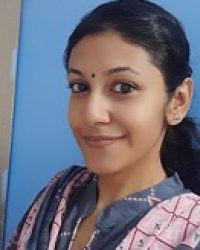
Why AI Pose Risk to Vulnerable Mental Health Users
Manjubashini
M.Sc (Bio-Informatics)
Content Writer, Medindia.net
Accessibility and low cost may be the two factors why people are opting for AI chatbots and wellness apps for emotional support, particularly teen mental health users.
However, American psychological association (APA) warns that AI tools and technological apps could offer a temporary support for mental health and not a direct replace. The health advisory found that wellness apps lack scientific evidence and user safety to cure mental health conditions.
Hence, there is a need for enacting strong data privacy laws, a ban on AI posing as pros, and renovating regulatory policies.
“We are in the midst of a major mental health crisis that requires systemic solutions, not just technological stopgaps,” said APA CEO Arthur C. Evans Jr., PhD.
Beyond the App: Prioritizing Mental Health Care Systems
“While chatbots seem readily available to offer users support and validation, the ability of these tools to safely guide someone experiencing crisis is limited and unpredictable.” The advisory emphasizes that while technology has immense potential to help psychologists address the mental health crisis it must not distract from the urgent need to fix the foundations of America’s mental health care system.
The report offers recommendations for the public, policymakers, tech companies, researchers, clinicians, parents, caregivers and other stakeholders to help them understand their role in a rapidly changing technology landscape so that the burden of navigating untested and unregulated digital spaces does not fall solely on users.
Protecting Vulnerable Users from Life-Threatening Harm
Due to the unpredictable nature of these technologies, do not use chatbots and wellness apps as a substitute for care from a qualified mental health professional.
Prevent unhealthy relationships or dependencies between users and these technologies.
Establish specific safeguards for children, teens and other vulnerable populations.
“The development of AI technologies has outpaced our ability to fully understand their effects and capabilities. As a result, we are seeing reports of significant harm done to adolescents and other vulnerable populations,” Evans said.
“For some, this can be life-threatening, underscoring the need for psychologists and psychological science to be involved at every stage of the development process.”
Why AI Requires Scientific Validation
Even generative AI tools that have been developed with high-quality psychological science and using best practices do not have enough evidence to show that they are effective or safe to use in mental health care, according to the advisory.
Researchers must evaluate generative AI chatbots and wellness apps using randomized clinical trials and longitudinal studies that track outcomes over time. But in order to do so, tech companies and policymakers must commit to transparency on how these technologies are being created and used.
Calling the current regulatory frameworks inadequate to address the reality of AI in mental health care, the advisory calls for policymakers, particularly at the federal level, to:
Modernize regulations
Create evidence-based standards for each category of digital tool
Address gaps in Food and Drug Administration oversight
Promote legislation that prohibits AI chatbots from posing as licensed professionals
Enact comprehensive data privacy legislations and “safe-by-default” settings
Role of AI: Supporting Human Professionals, Not Replacing Them
The advisory notes many clinicians lack expertise in AI and urges professional groups and health systems to train them on AI, bias, data privacy, and responsible use of AI tools in practice.
Clinicians themselves should also follow the ethical guidance available and proactively ask patients about their use of AI chatbots and wellness apps.
“Artificial intelligence will play a critical role in the future of health care, but it cannot fulfill that promise unless we also confront the long-standing challenges in mental health,” said Evans.
“We must push for systemic reform to make care more affordable, accessible, and timely-and to ensure that human professionals are supported, not replaced, by AI.”
::ANNOUNCEMENTS::
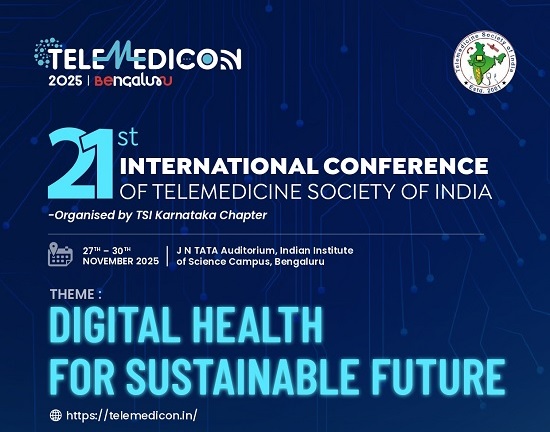
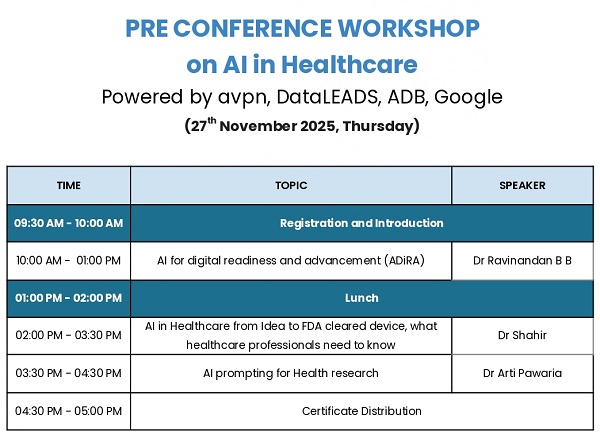

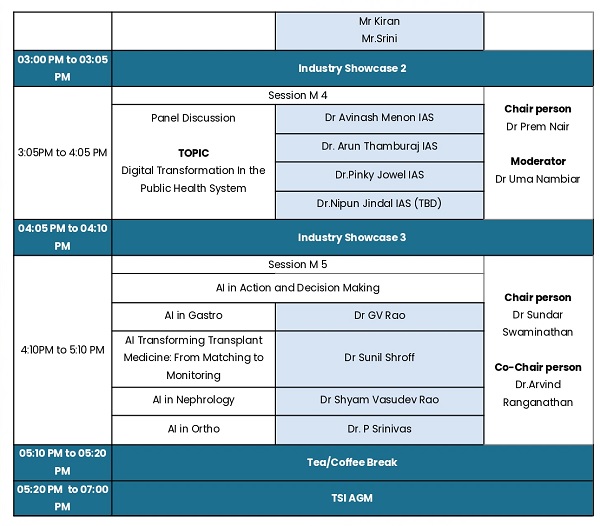
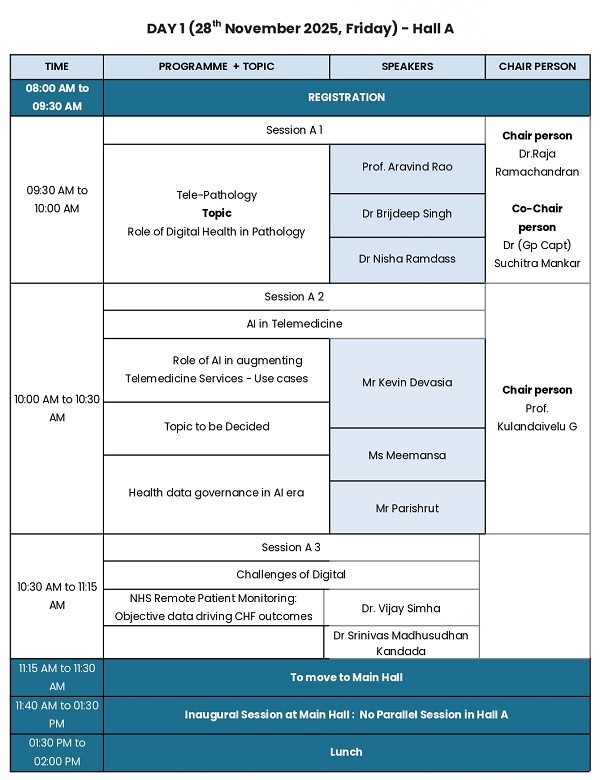
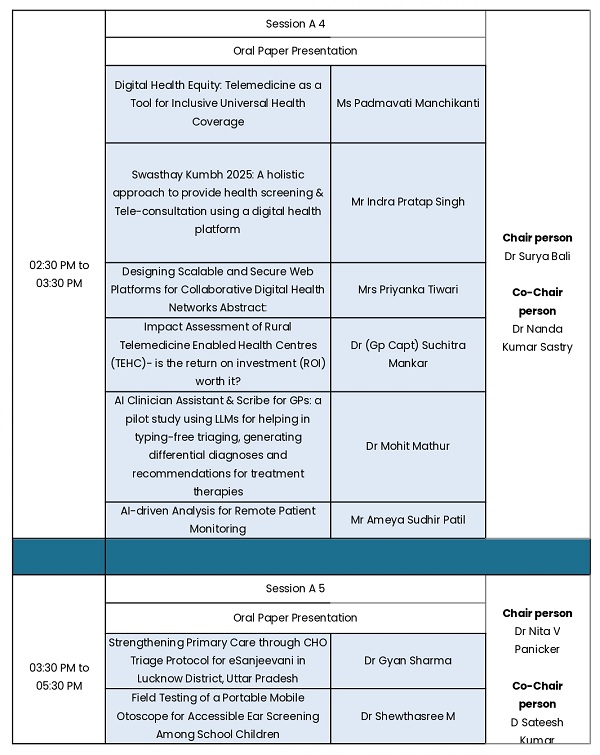

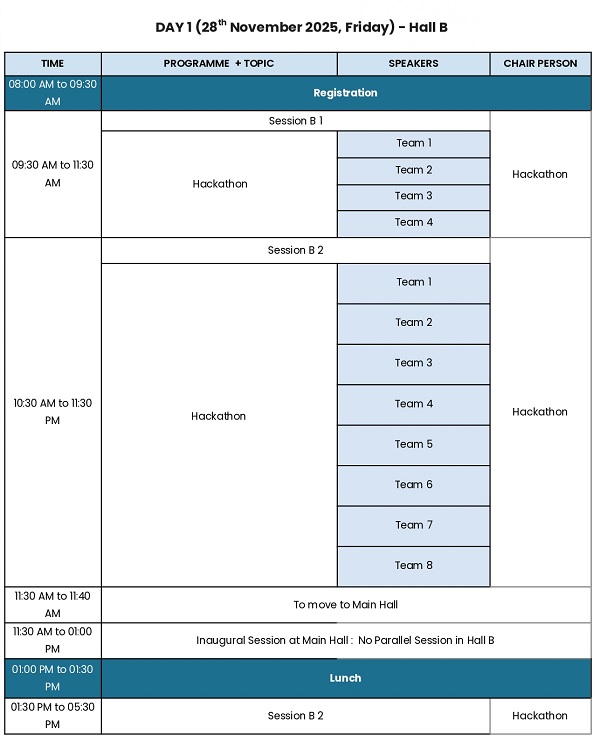
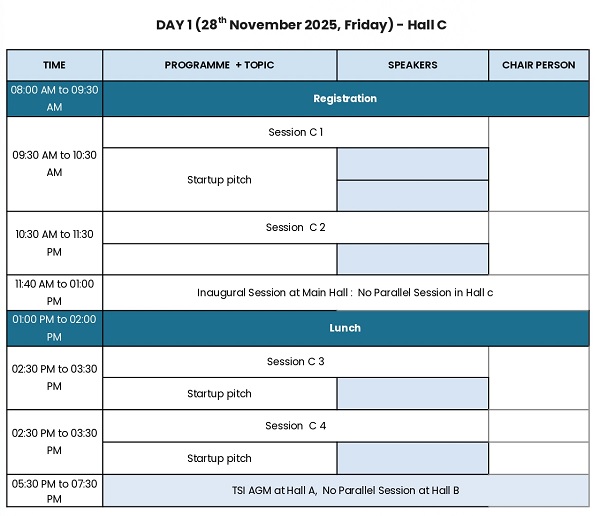
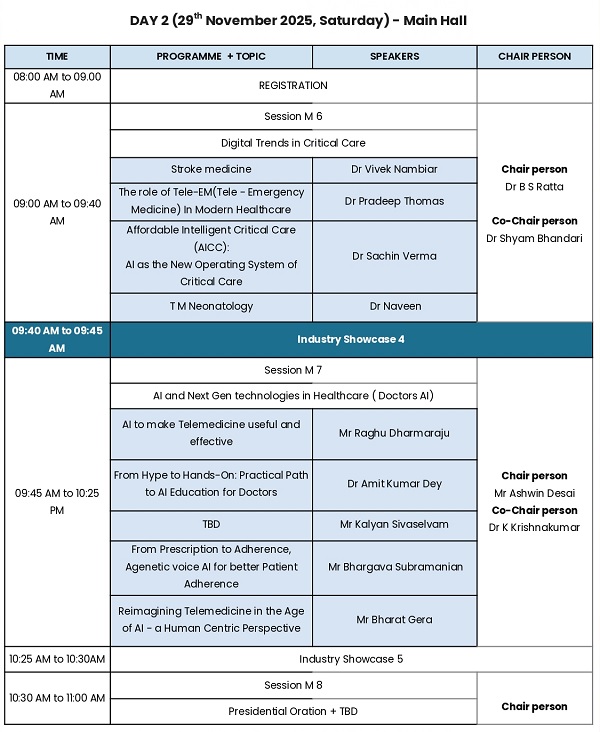
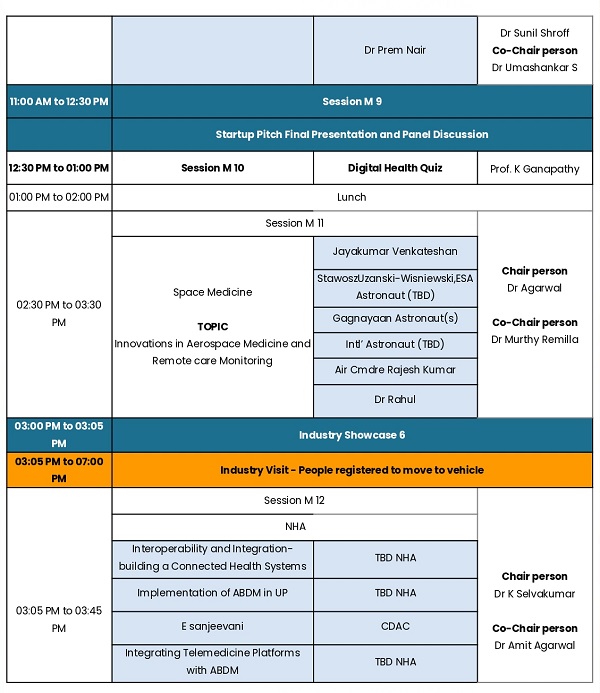
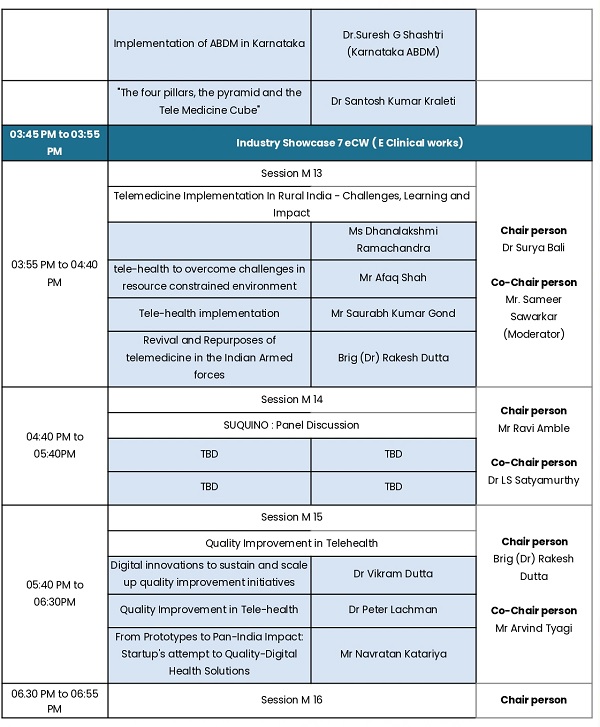

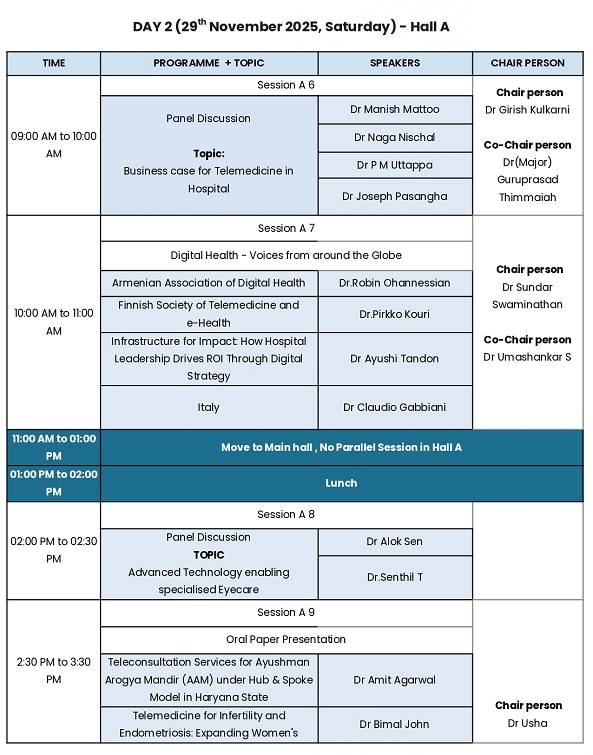
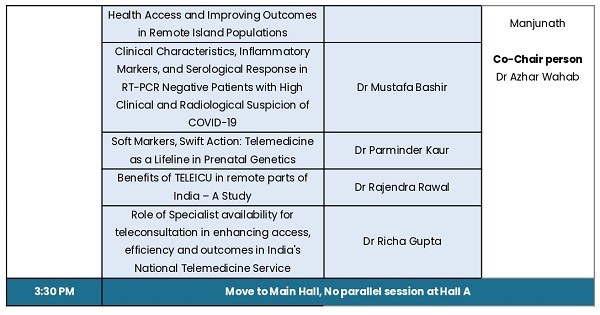


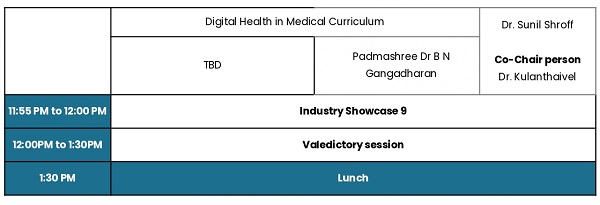


*Note: The above scientific program is tentative only. Sessions timings and speakers may change.
::CROSSWORD::

Click here to Print the Crossword
Click here to view the Crossword Rules and Regulations
Compiled by Dr.Umashankar
Answers in December2025 Newsletter!
Telemedicine – News from India & Abroad
Brains and Bots: Navigating AI’s Promise and Perils in Neurology
Neurologists need AI training to spot algorithmic biases and ensure equitable, accurate patient care………….. Read More
When AI Thinks Like Scientists: OpenAI’s Next Frontier
OpenAI warns of long-term risks from superintelligent AI while exploring its potential to revolutionize global healthcare……………… Read More
Telemedicine Practice Guidelines – A Foundation Course for RMPs by TSI Faculty
To know more about the Telemedicine Foundation Course click on the link below:
https://tsitn.org/tpg-course/
Medical Writing Certificate Course with Internship Opportunity!
TSI invites all the TSI Chapters and Members to submit information on their upcoming Webinar or Events (50 words), News related to Telemedicine (200 words) or short articles (500 words) for the monthly e-newsletter.Guidelines for submission to TSI Newsletter-
- Report can be from 500 to 600 words
- Report Should be relevant to Telemedicine or Medical Informatics
- No promotion of self or any product
- Avoid plagiarism
- All references should be included
- Provide any attributions
- Visuals are welcome including video links
- Send full authors name, degrees, affiliations along with a passport sized photograph of good resolution. If multiple authors only main author photo to be sent.
Submission may be sent to – tsigrouptn@gmail.com
Editors reserve the rights for accepting and publishing any submitted material.
Editor in Chief – Dr. Sunil Shroff
Editors – Dr. Senthil Tamilarasan & Dr. Sheila John
Technical Partner- https://www.medindia.net


